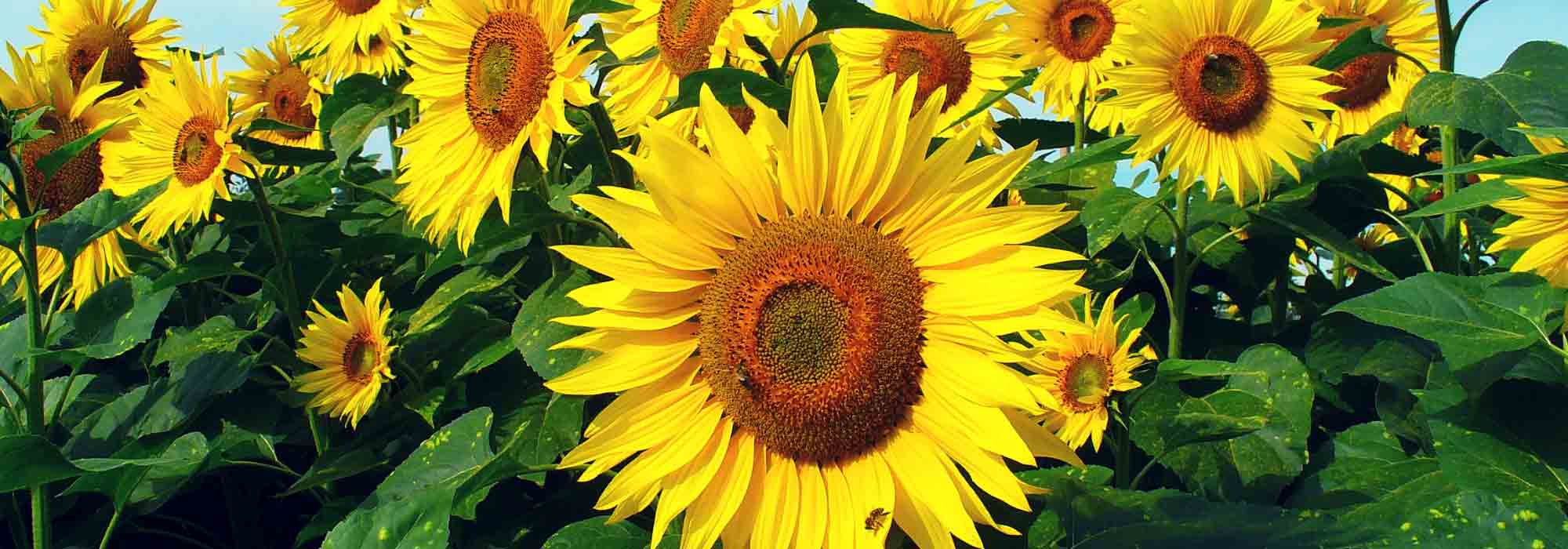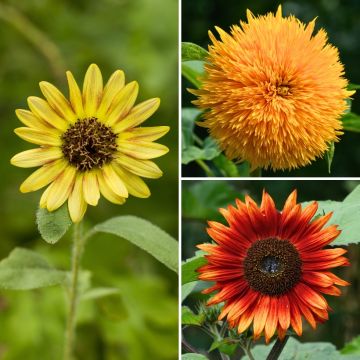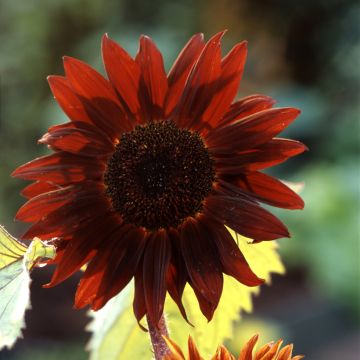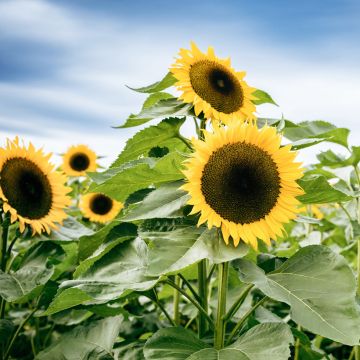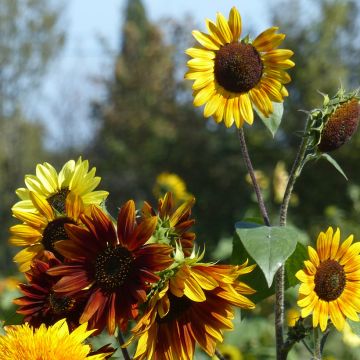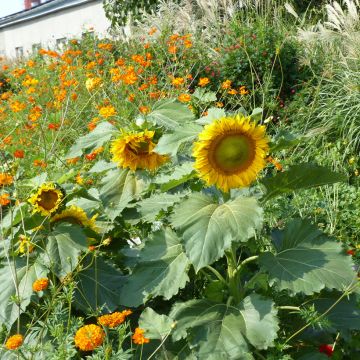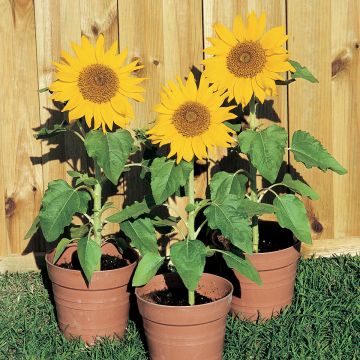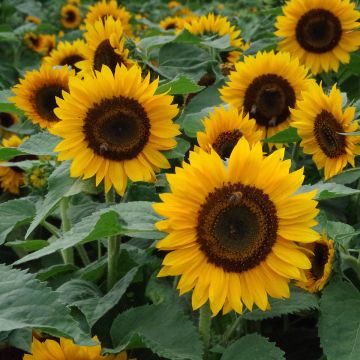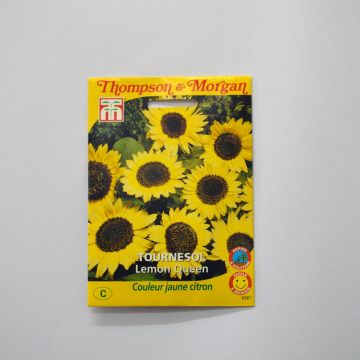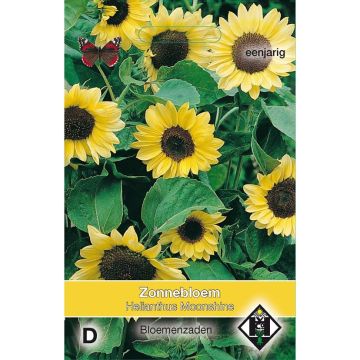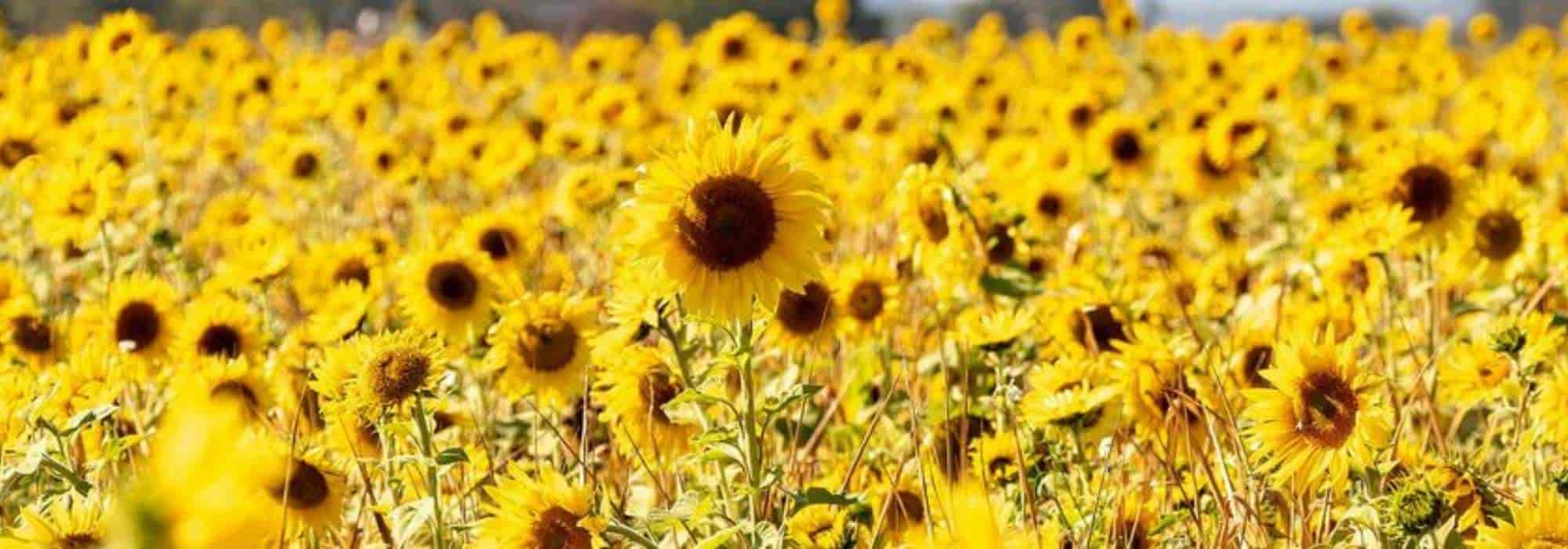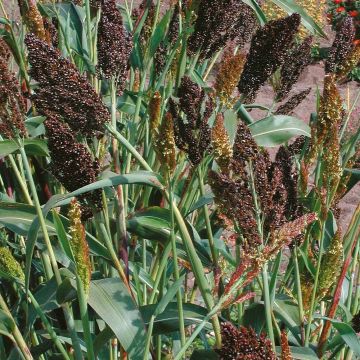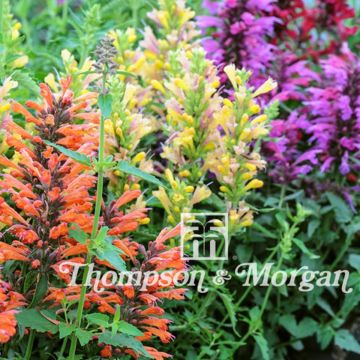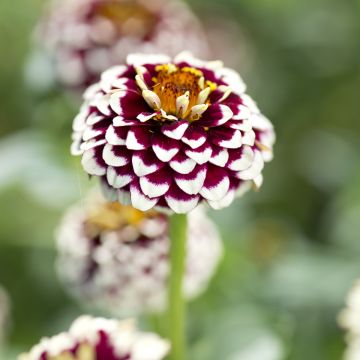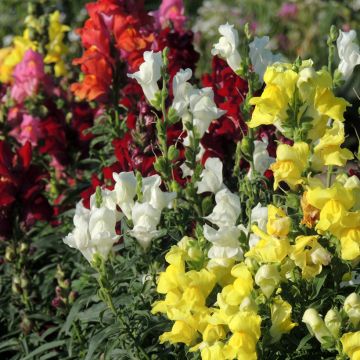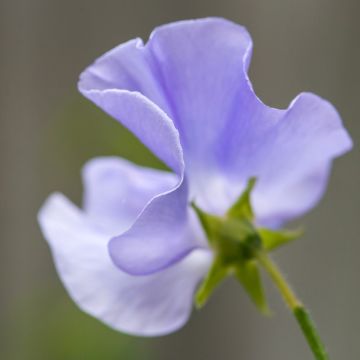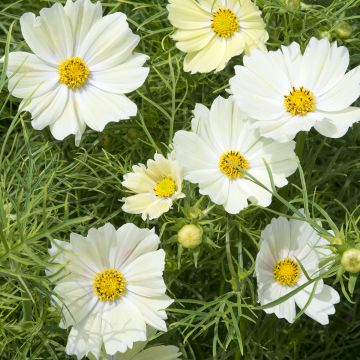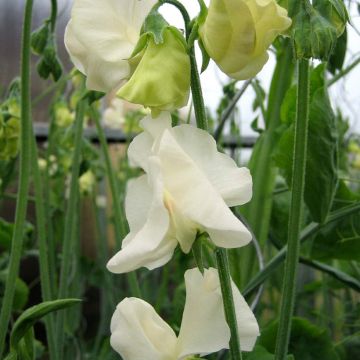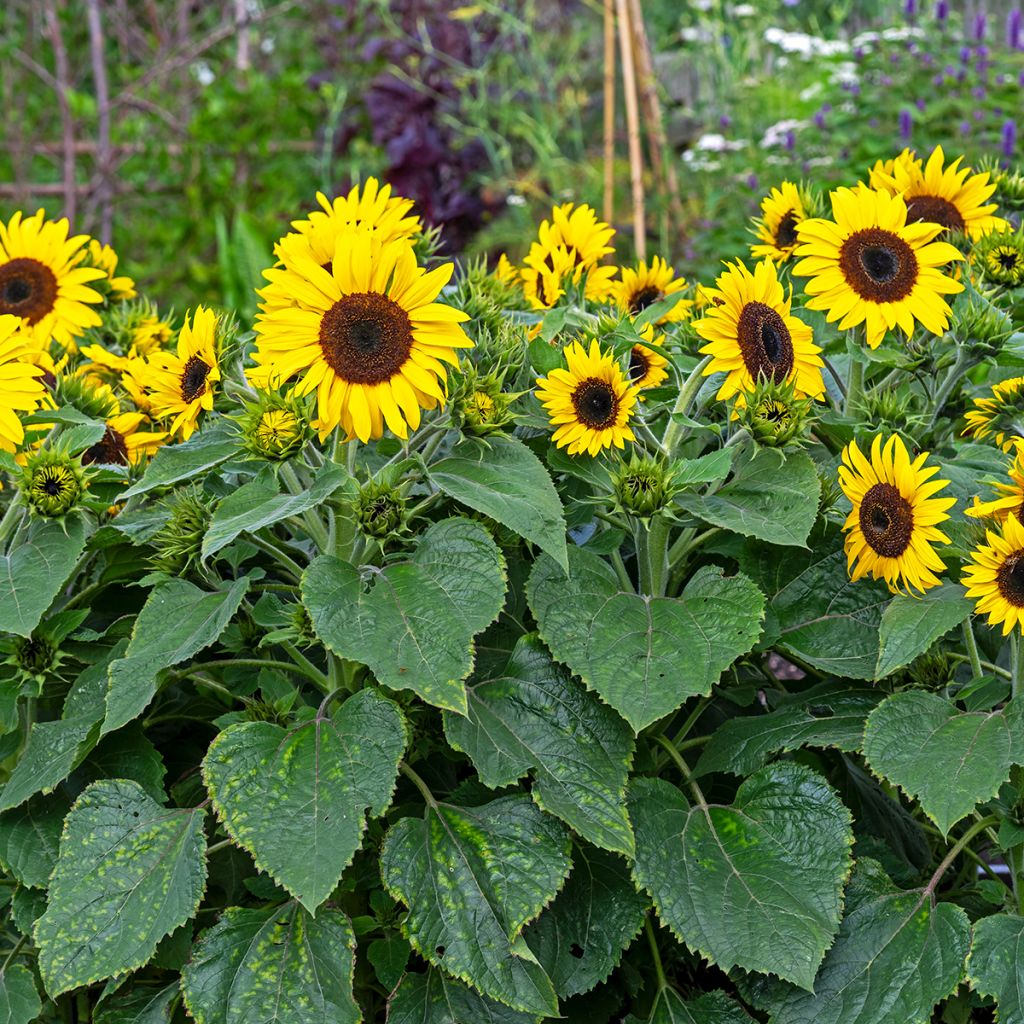

Helianthus Waooh! - Sunflower
Helianthus Waooh! - Sunflower
Helianthus annuus Waooh!
Sunflower, Common Sunflower
Special offer!
Receive a €20 voucher for any order over €90 (excluding delivery costs, credit notes, and plastic-free options)!
1- Add your favorite plants to your cart.
2- Once you have reached €90, confirm your order (you can even choose the delivery date!).
3- As soon as your order is shipped, you will receive an email containing your voucher code, valid for 3 months (90 days).
Your voucher is unique and can only be used once, for any order with a minimum value of €20, excluding delivery costs.
Can be combined with other current offers, non-divisible and non-refundable.
Home or relay delivery (depending on size and destination)
Schedule delivery date,
and select date in basket
This plant carries a 6 months recovery warranty
More information
We guarantee the quality of our plants for a full growing cycle, and will replace at our expense any plant that fails to recover under normal climatic and planting conditions.
Would this plant suit my garden?
Set up your Plantfit profile →
Description
Helianthus annuus Waooh! is a fast-growing, annual plant that can reach up to 90 cm in height. Shorter and more branched than most other varieties of Garden Sunflowers, the Waooh! variety can be used in both flower beds and pots. Throughout the summer, it is covered with numerous bright yellow flowers with a brown centre that attract pollinating insects. They are excellent cut flowers, for fresh or dried compositions. It is easy to sow.
From the Asteraceae family, everyone knows Helianthus annuus, well-known for the sunflower oil extracted from its seeds. The Waooh! variety, on the other hand, is only cultivated for its flowers. They measure about ten centimetres in diameter. The brown centre is crowned with bright yellow petals. It is a compact and branched variety that reaches between 70 and 90 cm in height and 30 to 60 cm in width. Its generous flowering spreads from July to October. Sow your seeds at different times to enjoy its beautiful flowers for longer. They are carried by sturdy stems, perfect for your summer bouquets. Cut the flowers in the morning just after they open. Remove the leaves starting from the bottom, leaving only 2 or 3 leaves below the flower. Change the water in the vase for fresh water every day.
In the garden, Helianthus annuus Waooh!, which has been awarded the Royal Horticultural Society's Award of Garden Merit, can be used in many ways: in the back of a flower bed, to create a small border, or even in a large pot.
It is an easy-to-grow plant that enjoys sun and moist, well-drained soil. It is water-hungry so water it regularly. In wind, stake the stems.
Flowering
Foliage
Plant habit
Botanical data
Helianthus
annuus
Waooh!
Asteraceae
Sunflower, Common Sunflower
Cultivar or hybrid
Other Sunflower seeds
View all →Planting and care
Sow the Sunflower Waooh! from March to May in a pot for planting in open ground after the last frost. Place one seed per pot or in a hole with 2 or 3 seeds (keep the best young seedling). Cover the seeds lightly with seed compost. Water generously with a fine rain. Sunflower seeds need light to germinate, without direct sunlight, and a temperature of about 20°C during the day. At night, the temperature can be cooler (around 15°C).
The seeds will take between 7 and 14 days to germinate. Keep the soil moist, but not excessively, during growth. 15 days before their final planting (after the last frost), start gradually acclimatising them to a temperature of 15°C.
Once all risk of frost has passed, plant your young sunflower plants (they should have at least 3 to 4 true leaves) in the garden or in a pot. Choose a sunny location and well-drained moist soil. Water regularly.
It is also possible to sow your sunflowers directly in place from May onwards.
Handy tip: stagger your sowings to extend their flowering until autumn.
Sunflowers can be susceptible to powdery mildew and aphids, and snails and slugs may attack their young leaves.
Sowing period
Intended location
Planting & care advice
This item has not been reviewed yet - be the first to leave a review about it.
Similar products
Haven't found what you were looking for?
Hardiness is the lowest winter temperature a plant can endure without suffering serious damage or even dying. However, hardiness is affected by location (a sheltered area, such as a patio), protection (winter cover) and soil type (hardiness is improved by well-drained soil).

Photo Sharing Terms & Conditions
In order to encourage gardeners to interact and share their experiences, Promesse de fleurs offers various media enabling content to be uploaded onto its Site - in particular via the ‘Photo sharing’ module.
The User agrees to refrain from:
- Posting any content that is illegal, prejudicial, insulting, racist, inciteful to hatred, revisionist, contrary to public decency, that infringes on privacy or on the privacy rights of third parties, in particular the publicity rights of persons and goods, intellectual property rights, or the right to privacy.
- Submitting content on behalf of a third party;
- Impersonate the identity of a third party and/or publish any personal information about a third party;
In general, the User undertakes to refrain from any unethical behaviour.
All Content (in particular text, comments, files, images, photos, videos, creative works, etc.), which may be subject to property or intellectual property rights, image or other private rights, shall remain the property of the User, subject to the limited rights granted by the terms of the licence granted by Promesse de fleurs as stated below. Users are at liberty to publish or not to publish such Content on the Site, notably via the ‘Photo Sharing’ facility, and accept that this Content shall be made public and freely accessible, notably on the Internet.
Users further acknowledge, undertake to have ,and guarantee that they hold all necessary rights and permissions to publish such material on the Site, in particular with regard to the legislation in force pertaining to any privacy, property, intellectual property, image, or contractual rights, or rights of any other nature. By publishing such Content on the Site, Users acknowledge accepting full liability as publishers of the Content within the meaning of the law, and grant Promesse de fleurs, free of charge, an inclusive, worldwide licence for the said Content for the entire duration of its publication, including all reproduction, representation, up/downloading, displaying, performing, transmission, and storage rights.
Users also grant permission for their name to be linked to the Content and accept that this link may not always be made available.
By engaging in posting material, Users consent to their Content becoming automatically accessible on the Internet, in particular on other sites and/or blogs and/or web pages of the Promesse de fleurs site, including in particular social pages and the Promesse de fleurs catalogue.
Users may secure the removal of entrusted content free of charge by issuing a simple request via our contact form.
The flowering period indicated on our website applies to countries and regions located in USDA zone 8 (France, the United Kingdom, Ireland, the Netherlands, etc.)
It will vary according to where you live:
- In zones 9 to 10 (Italy, Spain, Greece, etc.), flowering will occur about 2 to 4 weeks earlier.
- In zones 6 to 7 (Germany, Poland, Slovenia, and lower mountainous regions), flowering will be delayed by 2 to 3 weeks.
- In zone 5 (Central Europe, Scandinavia), blooming will be delayed by 3 to 5 weeks.
In temperate climates, pruning of spring-flowering shrubs (forsythia, spireas, etc.) should be done just after flowering.
Pruning of summer-flowering shrubs (Indian Lilac, Perovskia, etc.) can be done in winter or spring.
In cold regions as well as with frost-sensitive plants, avoid pruning too early when severe frosts may still occur.
The planting period indicated on our website applies to countries and regions located in USDA zone 8 (France, United Kingdom, Ireland, Netherlands).
It will vary according to where you live:
- In Mediterranean zones (Marseille, Madrid, Milan, etc.), autumn and winter are the best planting periods.
- In continental zones (Strasbourg, Munich, Vienna, etc.), delay planting by 2 to 3 weeks in spring and bring it forward by 2 to 4 weeks in autumn.
- In mountainous regions (the Alps, Pyrenees, Carpathians, etc.), it is best to plant in late spring (May-June) or late summer (August-September).
The harvesting period indicated on our website applies to countries and regions in USDA zone 8 (France, England, Ireland, the Netherlands).
In colder areas (Scandinavia, Poland, Austria...) fruit and vegetable harvests are likely to be delayed by 3-4 weeks.
In warmer areas (Italy, Spain, Greece, etc.), harvesting will probably take place earlier, depending on weather conditions.
The sowing periods indicated on our website apply to countries and regions within USDA Zone 8 (France, UK, Ireland, Netherlands).
In colder areas (Scandinavia, Poland, Austria...), delay any outdoor sowing by 3-4 weeks, or sow under glass.
In warmer climes (Italy, Spain, Greece, etc.), bring outdoor sowing forward by a few weeks.






























